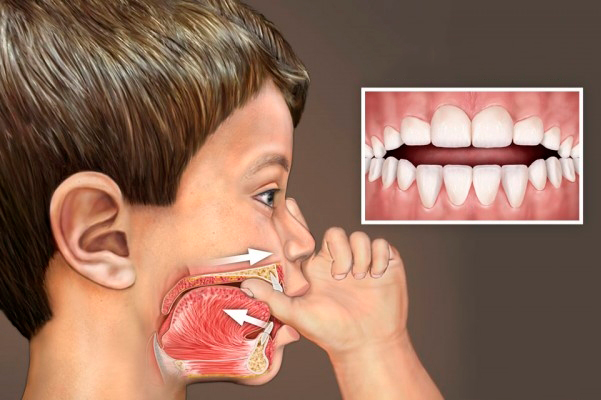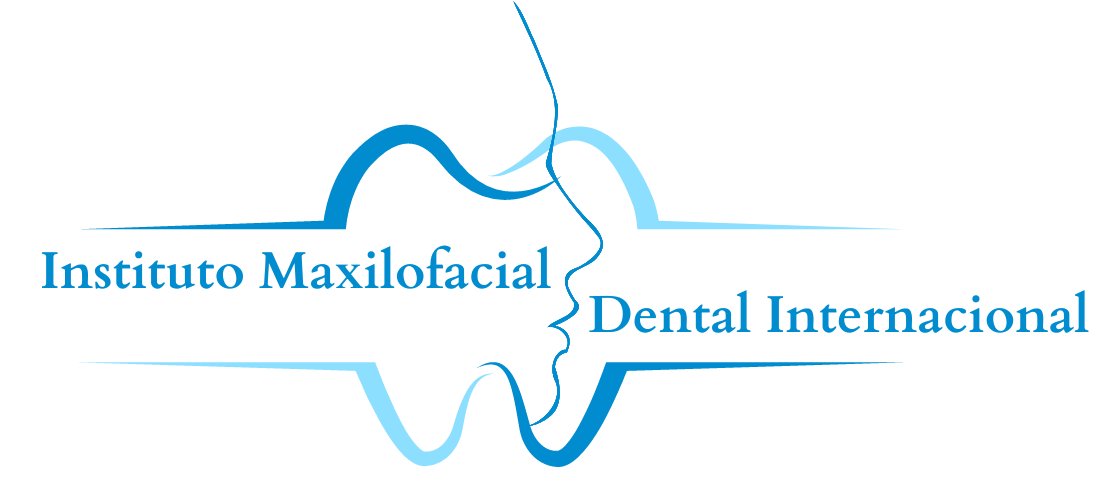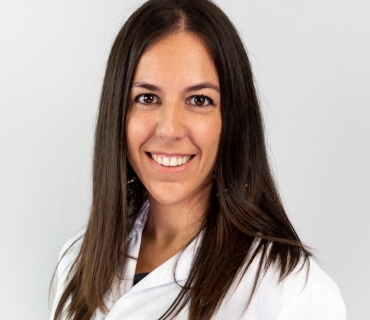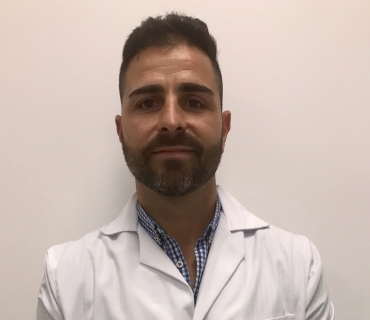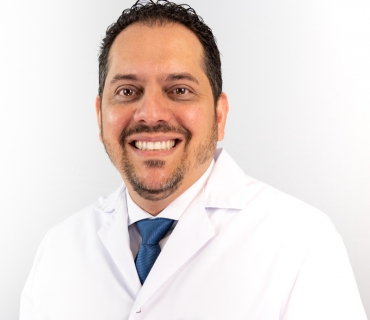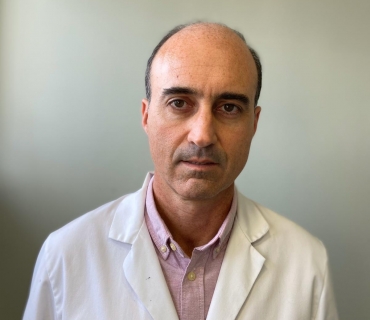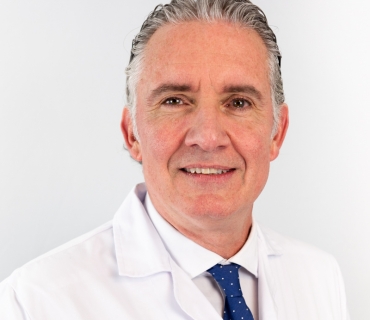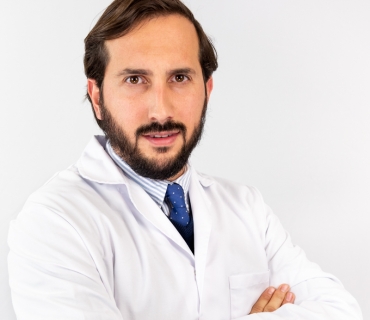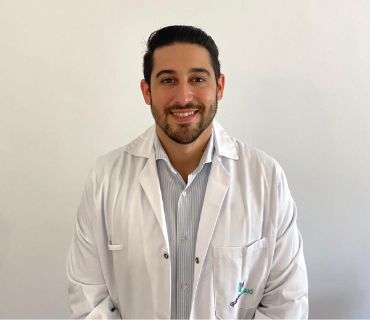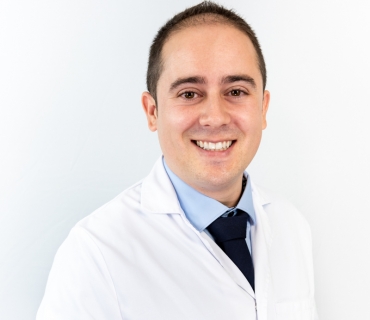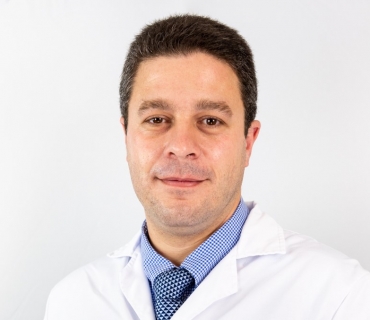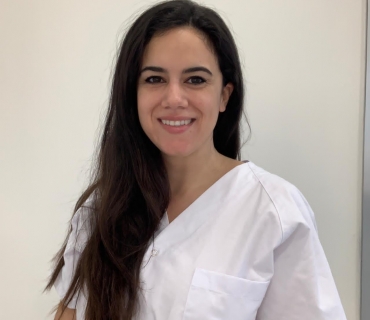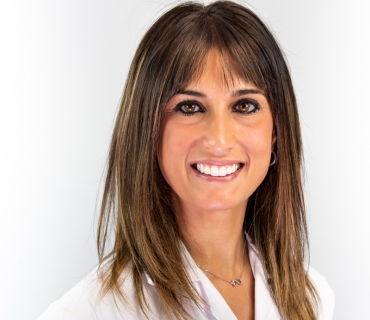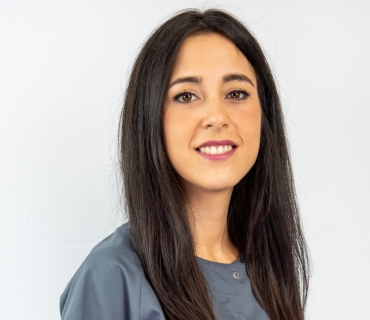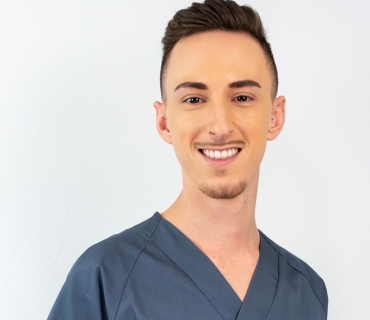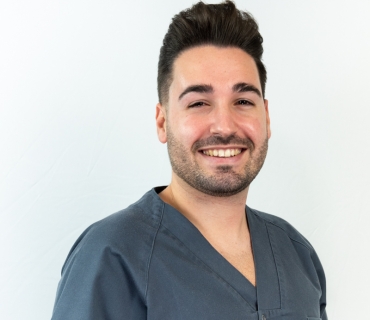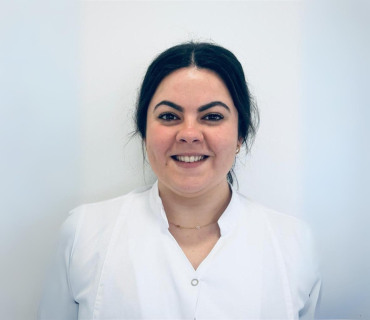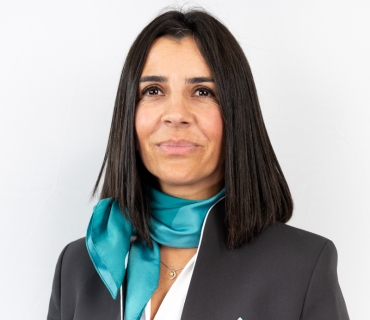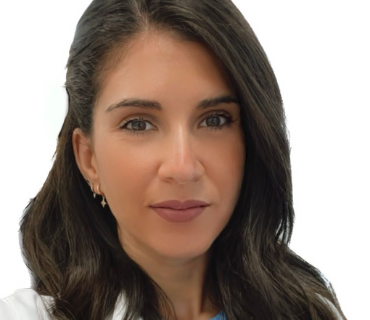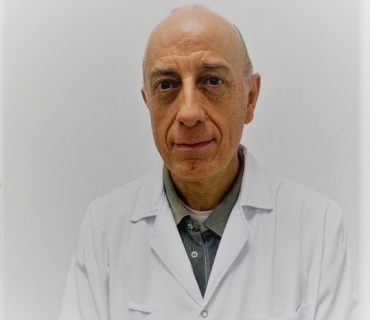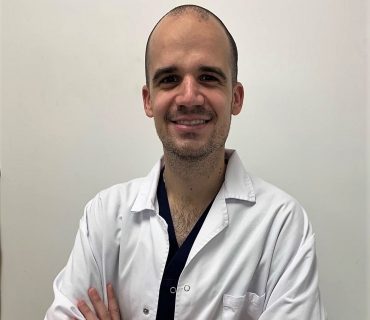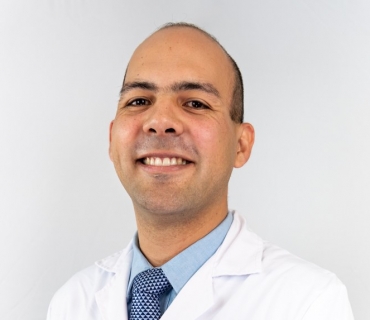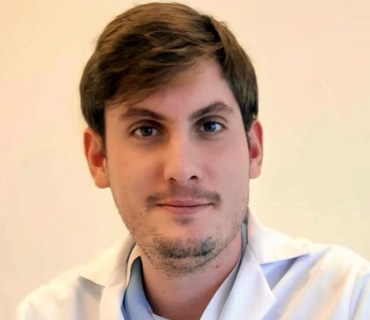PEDIATRIC DENTISTRY
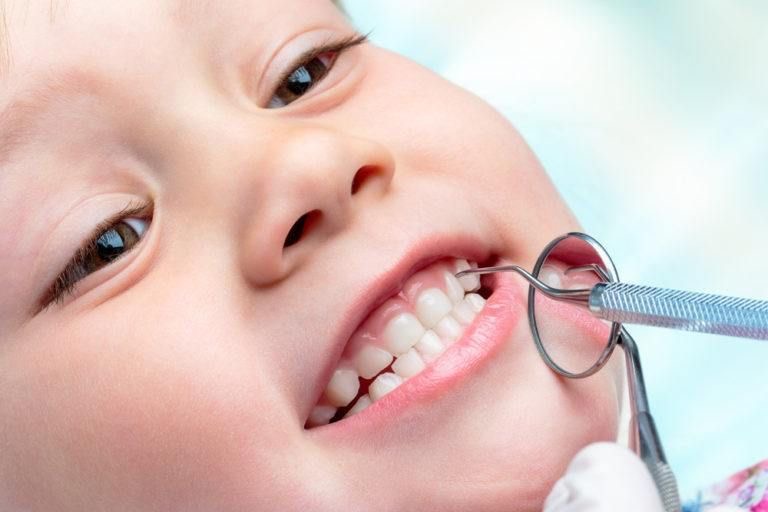
Pediatric Dentistry is a branch of Dentistry that cares for and treats different oral diseases from early childhood until the end of growth, therefore the pediatric dentist will be in charge of exploring the child's oral cavity and detecting possible anomalies in the temporary dentition (baby teeth). milk) as well as applying an individualized procedure and treatment.
The purpose of Pediatric Dentistry is to prevent children from suffering more serious problems in adulthood. During childhood, parents or guardians, with the help of the dentist, are responsible for transmitting correct hygiene habits to the child to ensure a healthy oral condition in the future.
Especialistas en Odontología Pediatrica
Elena Illana. . Reyes Ramos.
GENERAL ANESTHESIA IN CHILDREN'S DENTAL TREATMENTS
The main objectives of anesthesia in pediatric dentistry are considered both the needs of the patient and the pediatric dentist. In the case of children, the aim is to reduce fear and the perception of pain during treatment, while for the specialist the aim is to facilitate the achievement of the procedure, minimize stress and uncomfortable sensations.
It is important to emphasize that as it is a service within a hospital we have all the guarantees, both material and personal. We work hand in hand with doctors and nurses specialized in children, minimizing risks and acting in the event of any unforeseen event.
FIRST VISIT TO THE DENTIST
It is recommended that children's first dental check-up occurs when they have reached the first year of life. In it, the dentist will check the growth of the maxilla and jaw, the correct eruption of the teeth and rule out the presence of pathologies such as cavities.
In addition, parents will be able to receive information on how to ensure that their children acquire appropriate oral health, they will resolve doubts about hygiene and tooth brushing, as well as questions related to certain practices that may be detrimental to the child's correct oral development.
The stage from 0 to 3 years is considered preventive in nature. If there are no problems, an annual visit is recommended. However, from the age of 5, during the replacement period, it is advisable to do a review every 6 months.
ERUPTION OF BABY TEETH
The teeth that form from the fifth week of gestation usually appear from the sixth month of life and form the first baby teeth that end up appearing at approximately two and a half years.
When the tooth is ready to erupt, the gum usually becomes inflamed, which can cause some discomfort in the baby, such as: irritability, low-grade fever, increased salivation, food refusal, diarrhea or diaper rash. For those babies who show symptoms of pain when faced with tooth eruption, there are very effective methods that will help calm them down, such as using teethers or lightly rubbing the gums with a clean finger or a cold spoon.

ORAL HYGIENE FOR CHILDREN
When the first teeth appear, they should be cleaned with gauze. When the molars erupt, it will be the moment in which the child will be able to use a toothbrush corresponding to his age.
The brushing technique requires a certain skill. That is why parents should help their children brush their teeth, although from the age of 5 the child can do it alone. It is essential that the parent monitors her and guides her in case she needs it. Direct supervision is recommended until the child is 6-7 years old.
Teeth should be brushed after each meal and always before going to sleep. A toothpaste with fluoride should be used from the beginning.
Under 3 years of age, only the bristles of the toothbrush should be scraped into the paste (put paste the size of a grain of rice). Between 3-6 years of age, the toothpaste should be used in small quantities (the size of a pea). From 6 years of age it is recommended to put pasta the size of a chickpea. There are children's toothpastes, although the most recent scientific evidence shows that their usefulness is very limited.

MOST COMMON CHILDHOOD DENTAL DISEASES
- Dental caries. Caries is the most common chronic disease in childhood with a high prevalence among preschoolers. This infectious pathology is caused by high consumption of sugars. It has serious repercussions on the child's health, including: intense pain, facial infections and emergency visits. The reasons are usually related to poor oral hygiene, breastfeeding or bottle feeding, and frequent carbohydrate intake.
– Dental trauma. Blows and accidents are very common among children and young people and constitute one of the most unpleasant experiences for the child and their parents. There are different types of dental injuries, some of which could affect the formation of permanent teeth. The most recommended procedure is to go immediately to the dentist to examine the patient and apply the most appropriate treatment.
PEDIATRIC DENTISTRY TREATMENTS

– Groove and fissure sealants: In order to protect children from cavities, this method is used to fill the fissures on the surface of the teeth.
– Pulpectomy : Pulpectomy is a treatment similar to endodontics that is performed in adults, but with the difference that the caries affects a baby tooth.
– Filling or reconstruction: Also known as filling, it is another technique used to treat cavities. Cavities that are not treated can cause, in addition to discomfort in the child, serious oral problems in the future.
– Fluoride application: This method is carried out to strengthen tooth enamel and prevent cavities.
– Interceptive orthodontics: This treatment is performed to correct alterations or anomalies in bone or dental development that may exist in the child's oral cavity.
THUMB SUCKING AND PACIFIER USE
There is data that ensures that the pacifier reduces the incidence of sudden infant death and that it is an analgesic in the painful processes experienced by the baby, however it can cause malocclusions if its use continues beyond three years.
When it comes to teething, the pacifier is related to the development of the upper crossbite and the increase in overjet, a problem that ends up dissolving once its use is stopped.
In the case of thumb sucking, the effects on oral health can be more serious if it is not stopped in time, for example: it changes the orientation of the arches, causes an open bite, produces deformation of the palate, causes insufficient development of the jaw and causes alterations in language.
Specialists in Pediatric Dentistry
Elena Illana. Marianne Salas. Reyes Ramos.
